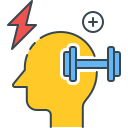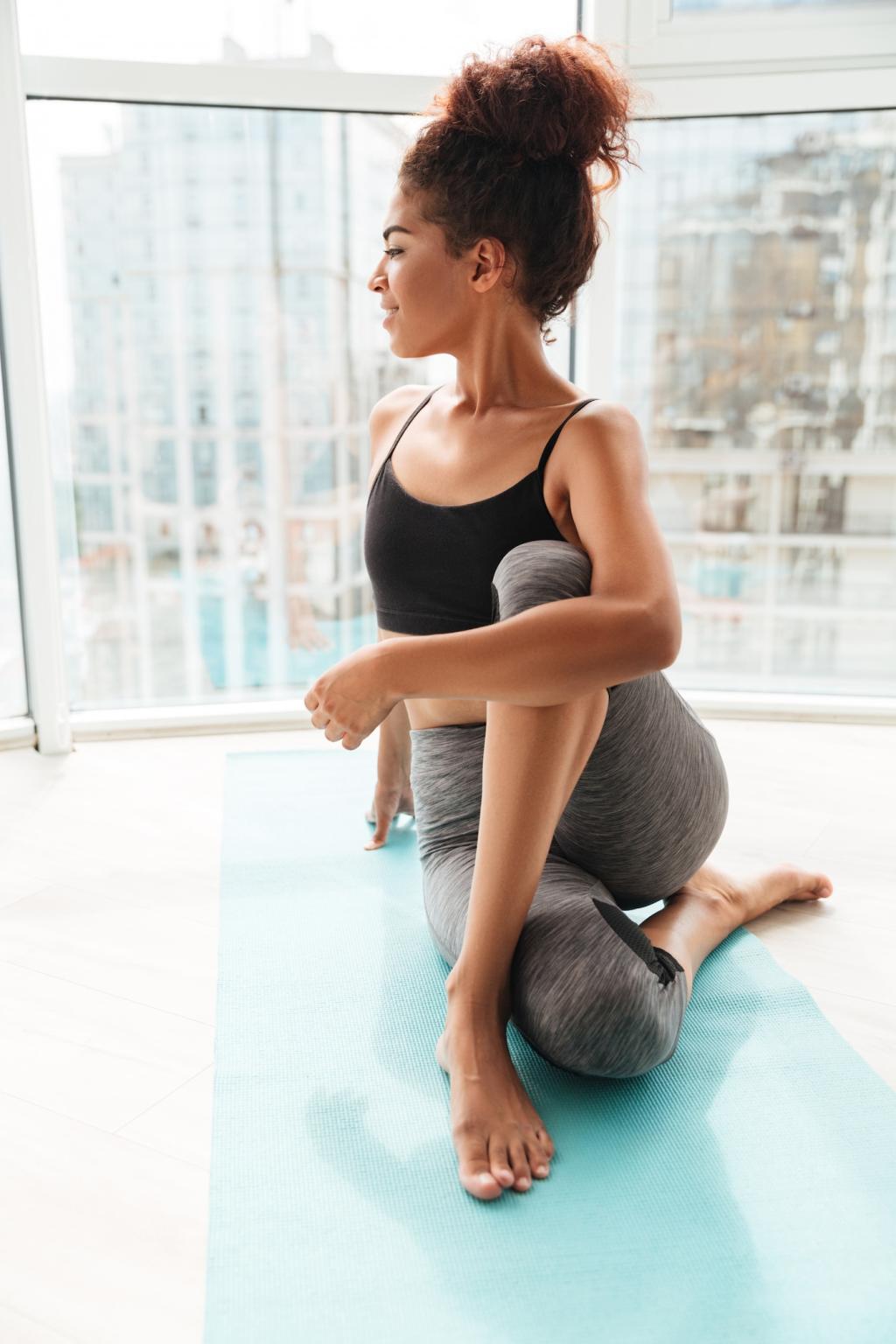
The Impact of Meditation on Athletic Performance
Chosen theme: The Impact of Meditation on Athletic Performance. Discover how mindful attention, breath control, and visualization sharpen focus, accelerate recovery, and unlock consistent, clutch performances. Join the conversation, share your experiences, and subscribe for weekly athlete-centered mental training insights.
The Science Behind Mindfulness in Sport
Research suggests mindfulness practices modulate prefrontal control and amygdala reactivity, improving response inhibition and situational awareness. Athletes report steadier attention, fewer intrusive thoughts, and quicker refocusing after mistakes. Share your toughest mental moment, and tell us if breath plus awareness changed your reaction mid-competition.
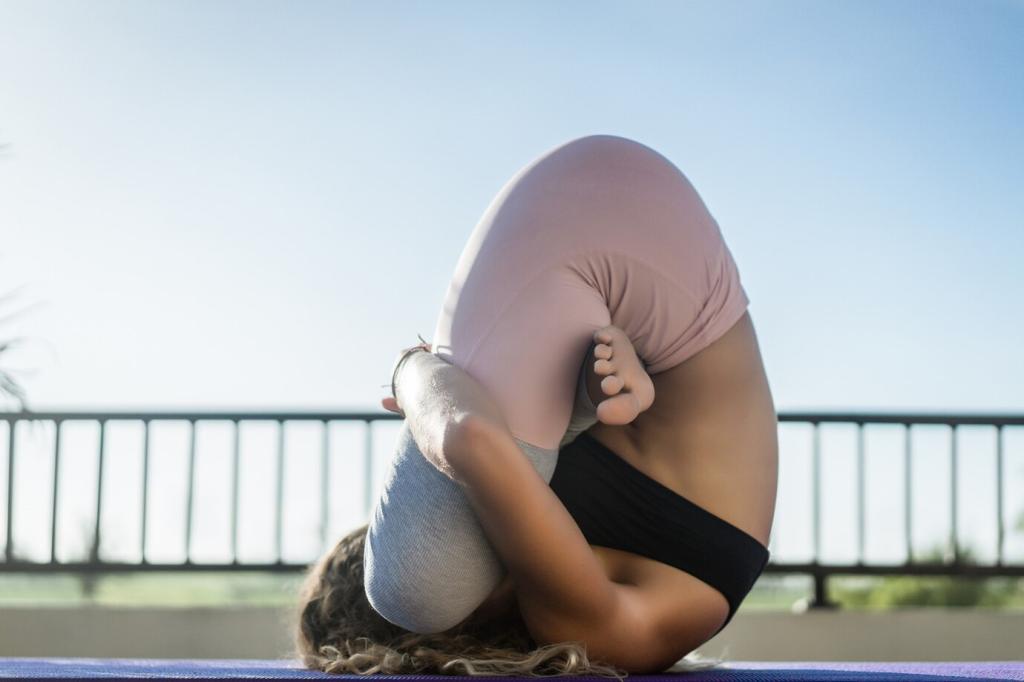
Breathwork for Race-Day Calm
Use box breathing or extended exhales to balance arousal without dulling intensity. Nasal breathing during warm-ups can stabilize cadence and reduce pre-start jitters. Try three rounds before your next start, then comment with your split times and perceived calmness compared to usual.

Body Scan for Early Injury Signals
A slow head-to-toe scan trains interoception, helping you catch tightness or asymmetries before they escalate. Athletes frequently notice subtle hotspots earlier, adjusting drills accordingly. Test a five-minute scan after training, note changes in soreness patterns, and share your findings with the community.
Integrating Meditation Into Training Plans
Insert 60–90 seconds of breath awareness between mobility drills. Focus on exhale length and soft gaze to prime focus without drowsiness. Tell us whether micro-meditations sharpened your first rep quality and helped you avoid the sloppy starts that waste early sets.

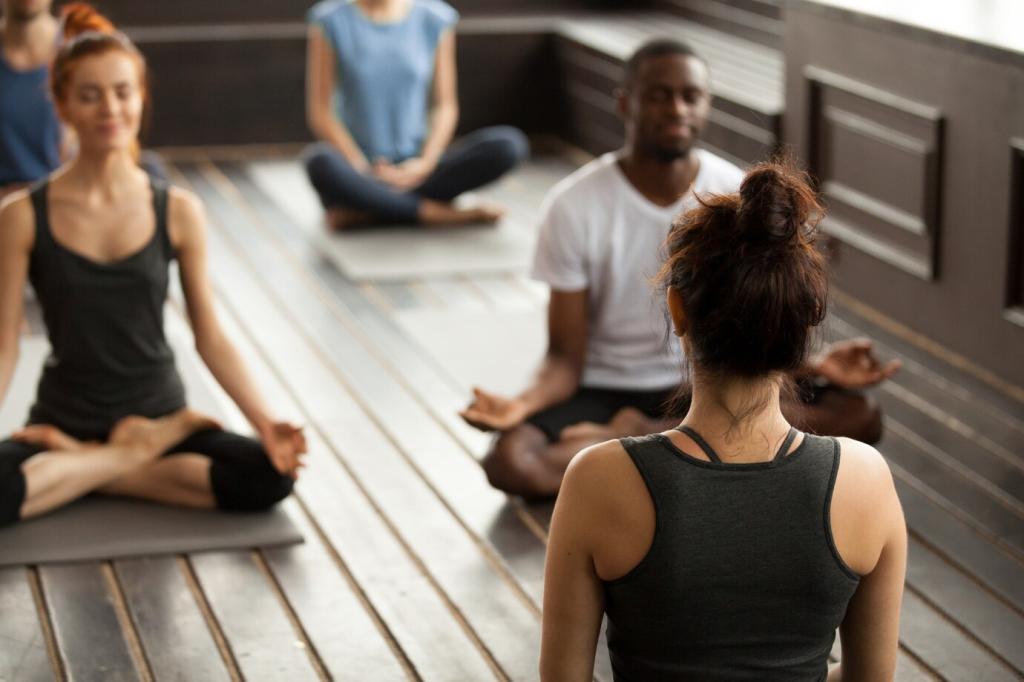

Stories From the Field
A runner practiced five-minute daily breath sits and a two-word mantra: “light feet.” At mile 22, when cramps threatened, she returned to breath count and mantra, relaxing her shoulders and salvaging pace. Share your mantra experiments and whether they kept you moving when it mattered.
Stories From the Field
A guard layered one square breath and a single-focus gaze point into his routine. In a hostile arena, he hit eight straight late-game free throws. He credits the breath for quieting crowd noise. Tell us your routine tweaks and subscribe for our clutch-moment checklist.

Tracking What Matters
Monitor HRV, sleep efficiency, and session RPE to quantify recovery and perceived demand. Add reaction-time drills weekly to capture attentional changes. Post your best indicator of readiness and whether meditations improved your numbers across a heavy training block.
Clearing Up Misconceptions
It is active training of attention, awareness, and emotional regulation. You are not trying to eliminate thoughts, but to relate to them skillfully. Did this reframe help you stick with it during busy weeks? Tell us in the comments.
Advanced Practices for Competitive Edge
Open Monitoring During Chaos
Practice nonjudgmental awareness while scrimmaging or during variable-pace intervals. Noting sights, sounds, and urges without chasing them builds equanimity under volatility. Try this in your next mixed-intensity session and report whether decision-making felt cleaner.
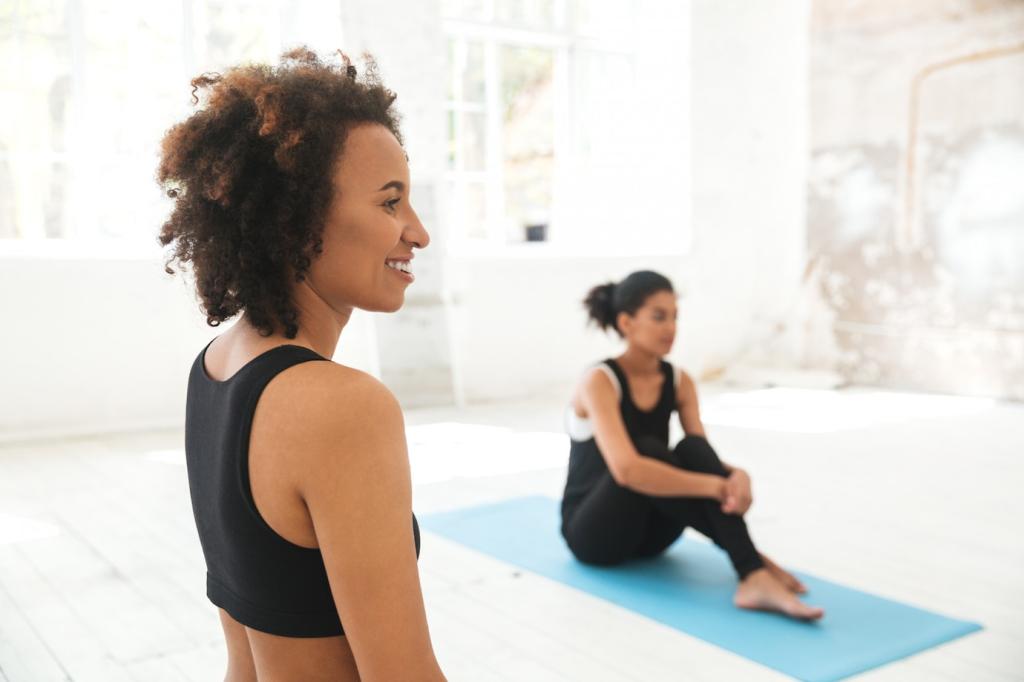
Join our mailing list
